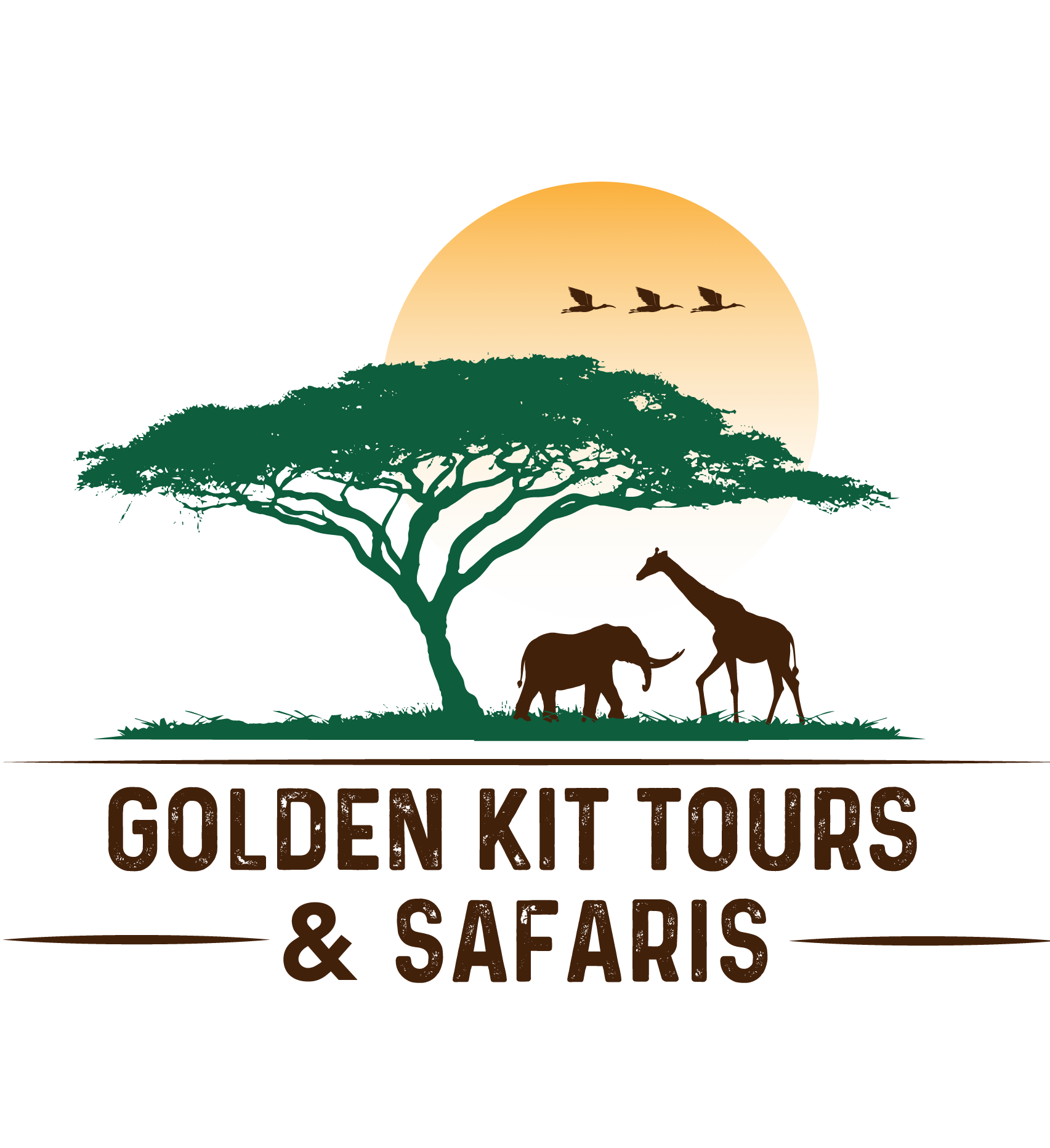What is the Best Time to Climb Kilimanjaro?
The best time to start your Kilimanjaro hike with Golden Kit Tours and Safaris.
Mount Kilimanjaro, standing as a majestic icon, beckons adventurers year-round. However, the timing of your ascent plays a pivotal role in ensuring an optimal experience on this awe-inspiring peak. Golden Kit Tours and Safaris delves into the intricate calendar of Kilimanjaro to illuminate the perfect moments for your ascent.

Decoding Seasons and Their Impact:
From December to mid-March and mid-June to late October present the most favorable conditions. These months boast clear skies, minimal rainfall, and abundant sunshine, rendering them the prime periods for an unforgettable trek.
Yet, even amid these ideal seasons, Kilimanjaro’s capricious temperament might bring unforeseen changes, defying seasonal norms and adding an element of surprise to your climb.
While scaling Kilimanjaro is viable year-round, certain months stand out. It’s prudent to avoid the rainy spells of April and November, given the heightened risks and challenging trails during these times.
Detailed Month-by-Month Insights:
January through early March and June epitomize the ideal months for Kilimanjaro ascents. Trekkers revel in clear days with excellent visibility, occasional showers, and the possibility of summit snow. This ‘high season’ also offers a quieter environment compared to the bustling June-September period, striking a balance between solitude and favorable weather.
In contrast, late March to May ushers in rain and cloudy skies, transforming into the long rainy season. Trails become muddy, views obscured, and conditions variable. Experience becomes paramount during these shoulder months, and opting for routes on Kilimanjaro’s north side is advised.
The peak climbing months – June to September – combine excellent weather with summer vacations, resulting in a bustling climbing season. While July and August witness peak footfall, June or September offer respite from crowds despite occasional showers.
October and November mark the onset of short rains, lasting 3-4 weeks. Routes like Rongai or Northern Circuit become viable due to reduced rainfall. These months cater to seasoned trekkers unfazed by wet weather and seeking tranquility over the hustle.
Critical Factors to Consider:
Weather Conditions:
Mount Kilimanjaro’s weather fluctuates between distinct rainy and dry seasons. Optimal climbing conditions prevail during the dry months from December to mid-March and mid-June to late October. These periods offer climbers clear skies, minimal rainfall, and abundant sunshine, creating ideal trekking environments. The absence of heavy rains during these times enhances visibility, making it easier to navigate the trails and relish the stunning landscapes.
Contrastingly, during the rainy seasons of April, November, and late March to late May, the mountain experiences increased precipitation. This transforms the trails into muddy and slippery paths, causing visibility issues due to cloud cover and impeding panoramic views. Climbing during these periods demands higher trekking experience and preparedness for challenging trail conditions.
Temperature:
Temperatures on Mount Kilimanjaro fluctuate across various altitudes and seasons. December to March and post-rains in June are usually the coldest months, often witnessing snow at higher elevations. Climbers should anticipate freezing temperatures, especially during nighttime and at the summit. The colder temperatures in these months tend to reduce the number of visitors compared to the busier July-August period. Proper gear and attire are crucial to combat the cold climate and ensure a comfortable climb.
Rainfall:
April, November, and the period from late March to late May mark the rainy seasons on Kilimanjaro. During these months, rainfall significantly impacts the trekking conditions, resulting in muddy trails, poor visibility due to cloud cover, and a higher chance of storms. Climbing in these periods requires experienced trekkers who are adept at navigating challenging terrains and adverse weather conditions. Proper rain gear and waterproof backpacks become essential to mitigate the effects of heavy rainfall.
Visibility & Crowds:
Visibility on Kilimanjaro varies with weather patterns and seasons. Late March to late May and November are prone to cloud cover, reducing visibility and hindering panoramic vistas. Climbers should be prepared for limited views during these times. Additionally, choosing the right climbing route can mitigate issues with crowded trails. Routes like Northern Circuits or Rongai tend to have fewer climbers, providing a more tranquil trekking experience amidst the natural beauty of Kilimanjaro. Managing crowds also extends to facilities like campsite toilets, and opting for routes with fewer climbers can ensure more accessible facilities and a more comfortable camping experience.
Navigating these critical climbing factors requires careful consideration and preparation, aligning with climbers’ preferences, experience levels, and tolerance for varying weather conditions. At Golden Kit Tours and Safaris, we offer guidance and tailored support to ensure a safe and memorable Kilimanjaro expedition based on these crucial factors.
Your Kilimanjaro journey beckons, and meticulous timing is key. Selecting the right window aligns with your preferences, experience level, and appetite for adventure. At Golden Kit Tours and Safaris, we navigate Kilimanjaro’s seasonal nuances to guide you toward an unparalleled ascent tailored to your preferences and safety.
For inquiries or bookings, connect with Golden Kit Tours and Safaris. Our team awaits to transform your Kilimanjaro expedition into an extraordinary odyssey filled with moments of triumph and awe-inspiring vistas.

